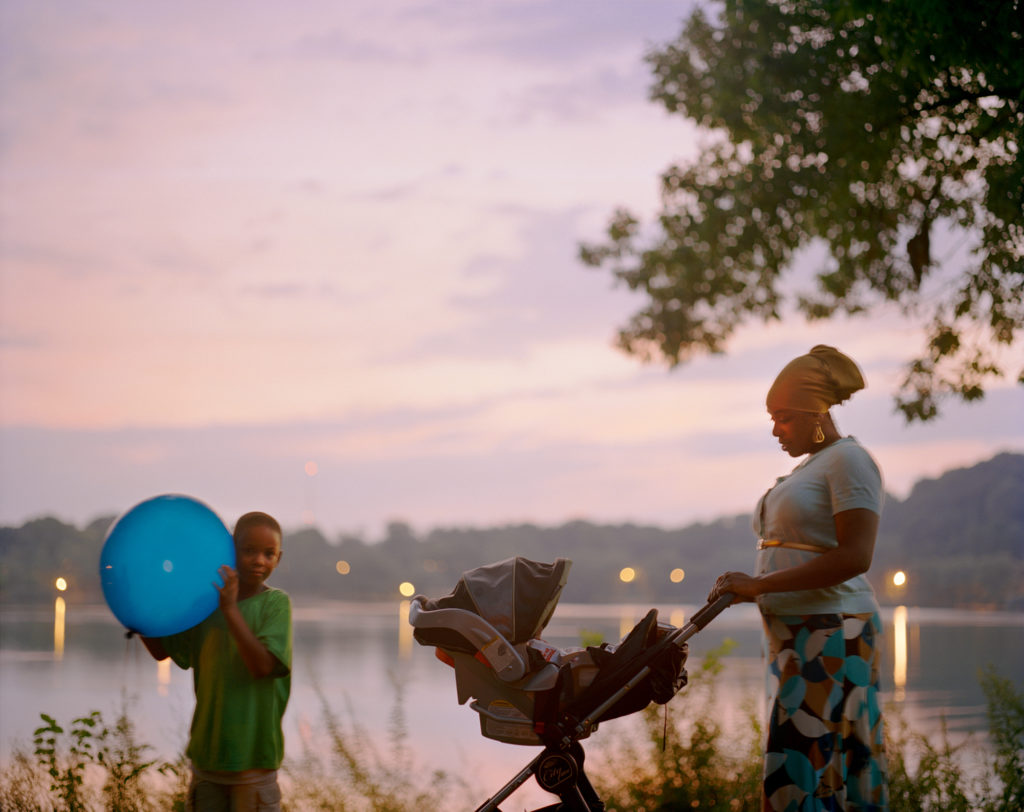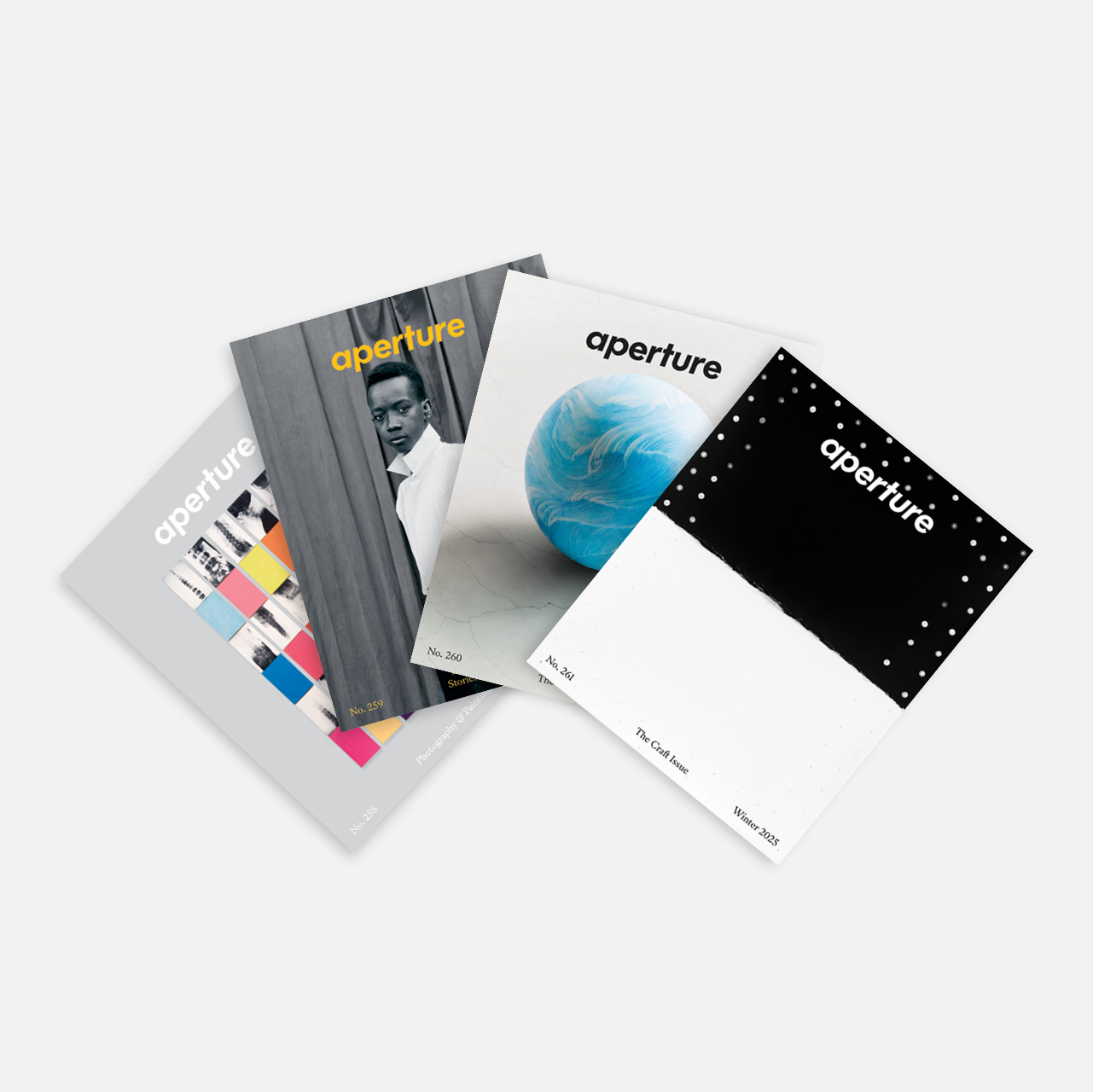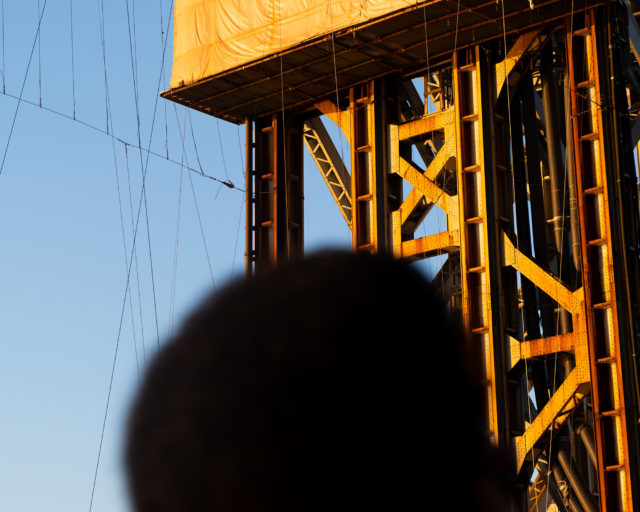Irina Rozovsky’s Majestic Photographs of Prospect Park
For ten years, Rozovsky has envisioned the glorious diversity of life at the heart of Brooklyn.
Irina Rozovsky, In Plain Air, Prospect Park, Brooklyn, 2011–20
Prospect Park is, of course, a wonderful vast green space in the heart of Brooklyn. It hosts millions of visitors every year. There are playing fields; there are ponds and woods and a ravine with cascades; there are glades and knolls; there are spots for barbecuing and tennis and drumming; there is a bike loop and a bridle path and an ice-skating rink; there is a zoo with sea lions and poison dart frogs; and, at the park’s eastern edge, there is a carousel where for more than a hundred years young children—my three sons included—have ridden in circles on wild-eyed wooden horses. Each season changes what’s there and what goes on—sledding on Sled Hill in the winter; fishing in the lake in the summer; looking out, in the spring, for the almost invisible American woodcock. Always there is a lot to do and, more pertinently for the photographer, a lot to see.

The spectacular possibilities cannot be understood without a brief ethnology of the place. To the northwest of the park lies Park Slope, a neighborhood of brownstones and, in the main, affluent white families. To the southeast lies Flatbush, the old Dutch country village that these days is densely built-up and densely populated by working-class and middle-class residents, many of whom are of Afro-Caribbean origin. Other neighborhoods, economically and culturally diverse—Windsor Terrace, Prospect Lefferts Gardens, Crown Heights, Kensington, Prospect Heights, Ditmas Park, Borough Park—either adjoin the park or are close by. Hundreds of thousands of human beings of almost every sort and provenance are able to resort to Prospect Park on foot. Subway trains bring in families from more remote parts. If a park may be defined as a specifically urban space, at Prospect Park both elements of this definition—the urban and the spatial—are markedly, perhaps even quintessentially, available to perception. Enter (for In Plain Air, a project that spanned 2011 to 2020) the Moscow-born, American-raised photographer Irina Rozovsky.

Note that the photographer finds herself in an unusual position. Photography is precisely one of the recreational activities that Prospect Park users engage in. The formal distance between observed and observer, and the hierarchy implied by this opposition, is, if not erased, then radically modified by a strange mutuality. Going to the park is an act of self-publication. When you step into a space where you observably do as you please, you assert your autonomy. It is an assertion that is particular to the jurisdiction of this special green acreage, beyond the borders of which very different rules and powers apply. The situation of the photographer in the face of this assertion is not dissimilar to the situation of the witness. We all need to be seen in a just light, and Prospect Park can offer such a light, and a photographer can capture it.

At the core of this visibility is, paradoxically, the peculiar privacy that being in the park confers. Privacy, certainly in Western culture, is normally associated with seclusion and secrecy—the closed door and what happens behind it. The privacy of these Brooklyn park-goers is founded on something else: an understanding that the gaze of the other—even if prolonged, even if mediated by a camera and made permanent by a photograph—makes no moral claim on its subject. Rozovsky’s images express this social practice. They refuse the curiosity of the sidewalk pedestrian or the tourist or the voyeur. They accept, and proceed from, a certain responsibility. The responsibility in question is the artist’s duty of carefulness.

Courtesy the artist and MACK
Carefulness, in this artistic sense, is not just a matter of technical diligence or some heightened awareness of the complexity of the subject matter. (Prospect Park, as we have seen, is an extremely complex subject.) Rozovsky’s human subjects, as they fish or fool around, are defenseless to the onlooker; and yet her photographs exercise no sway over them. This is the product of a careful eye, which is to say, an eye that is neither seduced by its own power nor subservient to the social constraints in which it partakes. The photographic subject makes his or her claim to self-rule, and the photographer responds to that claim, and transcends it. A unique relation is inaugurated. An ethics of seeing is revealed.
This article originally appeared in Aperture, issue 242, “New York,” under the title “In Plain Air.”
Irina Rozovsky’s photobook In Plain Air was published by MACK in March 2021.




























